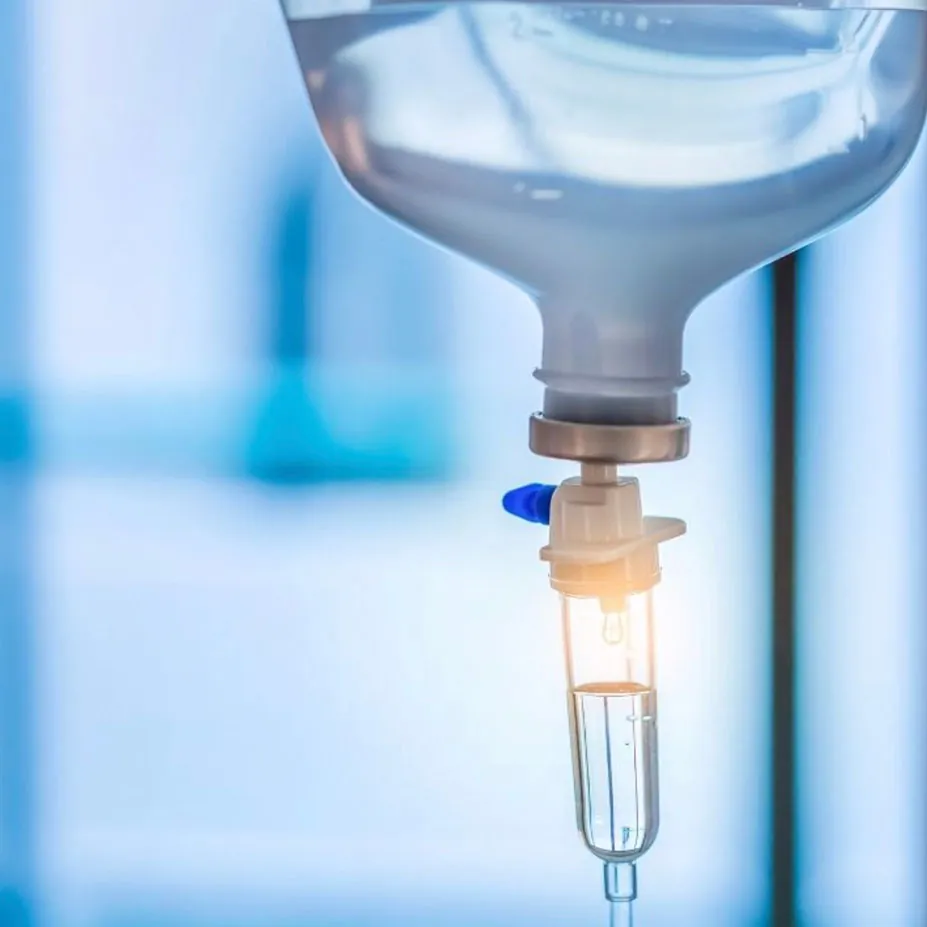Complications of Immunotherapy
Home • Dermatology • Common Skin Conditions • Complications of ImmunotherapyComplications
Cutaneous complications are a common and significant concern during immunotherapy, particularly with treatments targeting various forms of cancer. Understanding these side effects can help manage them effectively and ensure the continuation of potentially life-saving treatments.
ComplicationsCutaneous Side Effects
Cutaneous side effects from immunotherapy are diverse and can significantly impact the quality of life for patients undergoing these treatments.
Here are some of the common types of skin-related side effects associated with immunotherapy:
- Maculopapular Rash This is the most common skin reaction, characterized by flat and raised areas of red skin. It usually appears within the first few weeks of starting treatment and is often found on the trunk, limbs, and face.
- Pruritus (Itchy Skin) Many patients experience generalized itching without an apparent rash. This condition can be severe and persistent, requiring medical management to maintain patient comfort and compliance with treatment.
- Xerosis (Dry Skin) Immunotherapy can severely dry out the skin, leading to xerosis, which can be itchy, uncomfortable, and prone to cracking.
- Lichenoid Dermatitis This reaction presents as scaly, flat-topped bumps that are similar in appearance to lichen planus. It typically occurs months after therapy begins and may persist for a longer duration.
- Vitiligo Particularly in treatments targeting melanoma, patients may develop vitiligo, where the skin loses pigment and develops white patches. This side effect is often considered an indicator of a strong anti-tumor response.
- Photosensitivity Some immunotherapies can increase sensitivity to sunlight, resulting in sunburn-like symptoms after only brief sun exposure.
- Bullous Dermatoses In rare cases, patients may develop blisters resembling conditions like bullous pemphigoid, especially on the limbs and abdomen.
- Eczema-like Reactions Patients might experience eczema-like eruptions that can be widespread or confined to certain areas like the hands and feet.
- Psoriasis New-onset or exacerbation of psoriasis has been reported in patients receiving immunotherapy.
Management Strategies
Effective management of cutaneous side effects involves several strategies:
- Topical Treatments: Moisturizers, topical steroids, and other prescription creams can be used to manage mild to moderate skin reactions.
- Systemic Treatments: For severe cases, systemic steroids or other immunosuppressive drugs may be necessary.
- Dermatological Consultation: Early consultation with a dermatologist can help manage skin reactions effectively, ensuring they don’t progress to more severe conditions or necessitate the cessation of cancer therapy.
Each of these side effects requires different management strategies, often involving topical treatments like corticosteroids and moisturizers, and in more severe cases, systemic medications may be necessary. Ongoing collaboration between oncologists and dermatologists is crucial to effectively manage these reactions and ensure patients can continue with their cancer treatments.
For those administering or undergoing immunotherapy, being vigilant about skin changes and communicating them to their doctors is key. This proactive approach allows for timely intervention and the management of side effects without needing to halt the potentially life-saving therapy.
Management Strategies